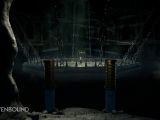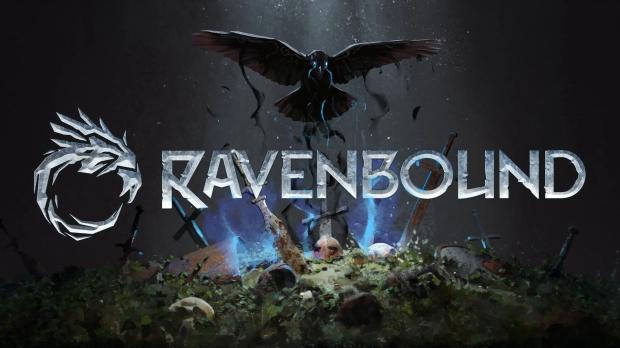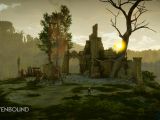Scandinavian folklore has been the main theme of many games in the last couple of years. The last one that comes to mind is Assassin’s Creed Valhalla, but there are other smaller titles that draw inspiration from the Scandinavian mythology, including Ravenbound, which has yet to be released.
I had the pleasure to play Ravenbound, the next project of a small studio called Systemic Reaction (Second Extinction, Generation Zero), for several hours and I remained impressed by the developer’s take on the open-world action genre.
At its roots, Ravenbound plays like an action-adventure open-world game, but the folks at Systemic Reaction added some card deckbuilding and roguelite elements. All of these confined in a unique fantasy world inspired by Scandinavian myths and legends.
In Ravenbound, you take control of a Vessel, gifted with a powerful weapon forged by ancient gods to defeat an ancient evil, the Betrayer. That powerful weapon is called Raven and its mission is to rid the world of Avalt of the dark forces, wherever they may be.
Because getting rid of all the dark forces would take many lifetimes, the gods enshrined the Raven in the body of warriors. This is where your quest starts and the first roguelite elements are involved. You’re bound to die every so often in Ravenbound, so you’ll jump into the next Vessel to continue your mission while keeping some of the experience of the previous Vessels.
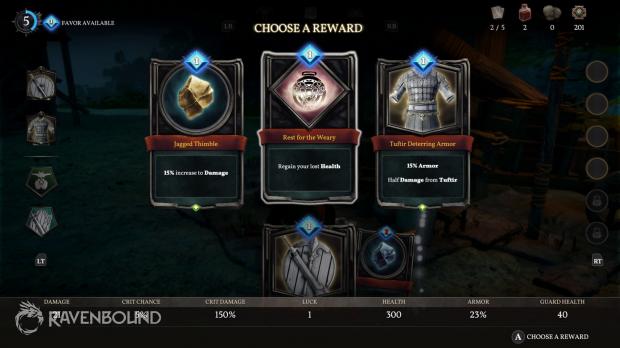


Combat in Ravenbound focuses exclusively on melee, so while there are different “classes” that you can unlock, neither will use ranged attacks. The flow of attacks and movement is very smooth, and while you won’t use combos to enable powerful attacks, your hits will do a lot more damage after a successful parry.
Staggering an enemy with a flurry of blows or blocking at the right time will provide you with the time needed to execute a few heavy attacks without having to worry about being attacked. Unless you’re fighting multiple enemies at the same time, which happens quite frequently in Ravenbound.
Each time you kill a group of enemies, you are offered essence and the choice of a card. These cards include bonuses to your damage, armor or health potions. Some cards are even more powerful and allow you to unlock new weapons or perks that will benefit you on the long term.
The deckbuilding mechanic is much more complex than you might think of. For example, each card costs Favor, an in-game currency that’s rewarded to you after you level up. Typically, you get one Favor per level, but other classes are rewarded more and there are cards in the game that allow you to be rewarded with more Favor points.
The problem is that you’re limited by Favor as to how many cards you can activate. If you can’t activate a card, it will remain in your inventory until you have enough Favor to enable it. However, you can only hold five cards in your inventory at all times (even fewer if you play another class), so you’re bound to miss some while you make room.
It’s an interesting concept that forces you to play on the short term, at least until you manage to activate more powerful cards. All cards that you find while adventuring into the world of Avalt will remain unlocked and will appear randomly (or not) in your future runs. Obviously, the more powerful an enemy is, the better the rewards.
The goal of the game is to destroy the Betrayer, but to reach the ultimate evil threatening Avalt, you’ll have to get past several other bosses. Ravenbound is split is several worlds, each being ruled by a boss that you must beat. To challenge the boss, you’ll need keys to open their location, which are marked on the map.
However, exploring the world before actually tackling the boss is recommended since you’ll be more powerful. Dying to the boss or to any other creatures on the map is “game over.” You’ll have to start all over in a brand-new Vessel, but with some idea of what you need to do next. Knowing before adventuring into the world what cards are dropping will help you plan ahead.
Ravenbound plays just like every other action-adventure game set in an open-world with a twist. You can cover large parts of the world by flying in raven form. However, you can’t switch from human-like to raven form on a whim, you’ll have to visit certain towers spread thin throughout the world.
Fortunately, everything is marked on in the world, so you’ll always be able to see where’s the nearest tower that will allow you to switch to raven form, or the next group of enemies to beat.
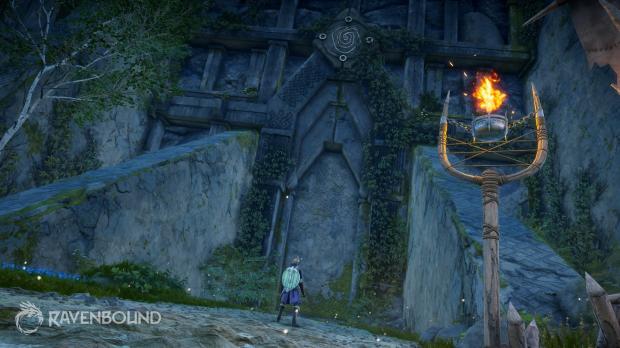

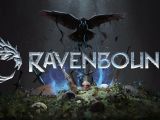
Conclusion
Still, I’ve been quite surprised how well these different genres combine together to provide a unique take the action-adventure open-world formula. I have enjoyed my time in Avalt, exploring and fighting creatures from the Scandinavian folklore, and I do recommend all those who love the genre to keep their eyes on this one, it’s got a lot of potential.
Preview code provided by the publisher.
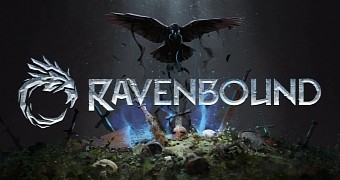
 14 DAY TRIAL //
14 DAY TRIAL // 

